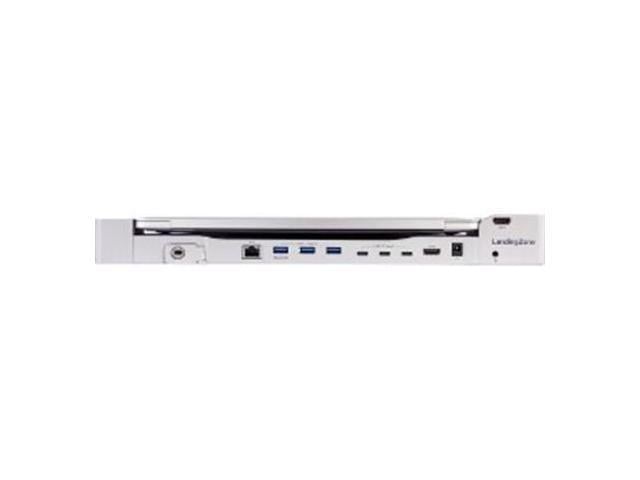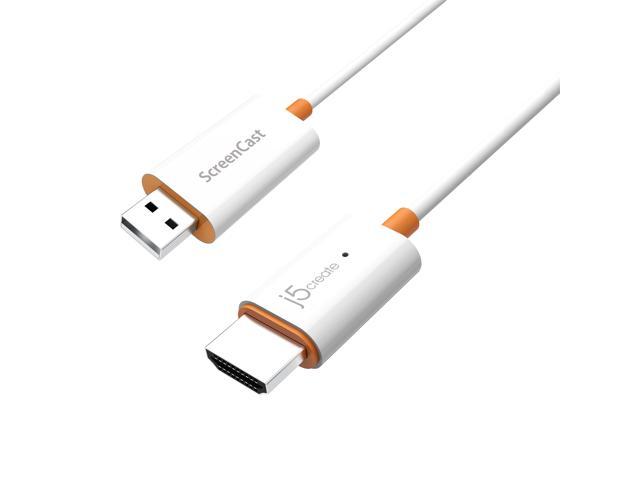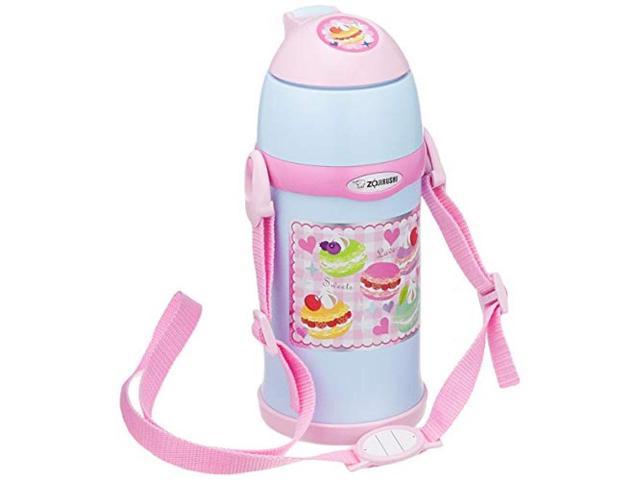A large portion of impaired waterways are located in or near urban areas and are adversely influenced by stormwater-borne solids. The solids have negative impacts on receiving water systems including loss of aquatic habitat, channel instability, and the transport of harmful pollutants potentially hazardous to human and ecosystem health. The current methods for sampling, handling, and analyzing stormwater solids don’t lead to a good understanding of these effects on receiving waters. The purpose of the study is to develop a draft protocol addressing sampling, analysis, and reporting practices to examine stormwater-borne solids in order to improve assessment and monitoring protocols. Current accepted practices for characterizing stormwater-borne solids are critically analyzed and revised. Common definitions and standardized monitoring procedures are recommended in this report to aid in understanding solid impacts and selection of stormwater best management practices. Stormwater solids can first be classified based on size into dissolved, fine, coarse and Gross Solids. These solids can further be classified as settleable or suspended by allowing a settling time in the analytical procedure. Obtaining a representative sample in the field is one of the biggest challenges in characterizing stormwater-borne solids because of temporal, geographic, and spatial variations. An outline for developing a monitoring plan for fine solids and Gross Solids is described.















